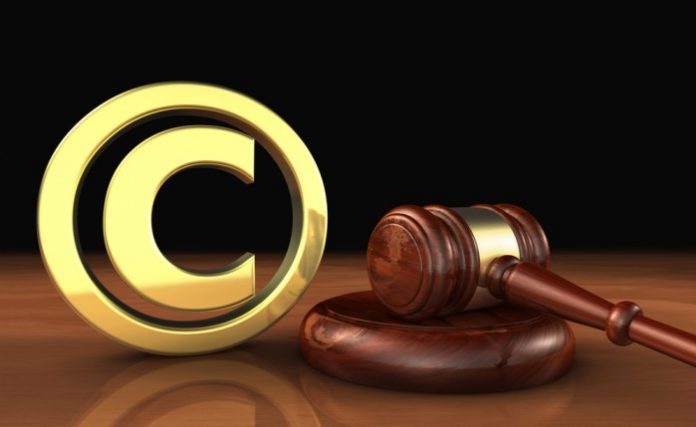Branding is considered to be among the top aspects when it comes to setting up a business. Regardless of the size of the business, a company’s image has to look, sound, and feel unique as we live in a world swallowed by consumerism where consumers are king!
Excellent branding can catapult companies toward success.
Simply put, an image that says a lot of things even when used in an advertisement with just a single word added as the caption can make it more identifiable.
This cliché is true: “Simple means more”. Therefore, the less intricate the design is the better for consumers to remember the product. Get the gist?
How to Draft a Unique Brand
A brand tells your consumers what to expect either from your services offered or products sold. This will become your image—the thing that mirrors who you are, your aspirations, and most likely, how you want others to perceive your company.
Creating a brand involves a whole lot of thinking and may not only be drafted by one person alone but by a group of people with different ideas.
Here are steps you can take:
1. Gather your ideas. Of course, by the time you want to enter the world of business, you may already have an idea on what to sell, right?
2. Gather a team. These persons may or may not have the same ideas as you do but can provide valuable inputs. Remember: A variety of ideas can produce more options during brainstorming sessions.
3. Adopt some skills. Invite people with skills you lack so as to cover up gray areas.
4. Be open for suggestions. This gives way to a more relaxed atmosphere. Artists should not be bound by chains and the same applies for your team.
5. Look at your purse. Are you willing to spend? Business startups shell out money for operations just as those who are just expanding their companies. Ask yourself how much you can spend.
6. Cash in on a marketing approach. After you have decided on which image you want to use for your company, the next step you should take is marketing your brand. This is another expense on your part but it is likely that a good marketing strategy can push your brand towards more visibility.
Your brand, which covers copyright, trademark, patent, and most of all trade secrets, is protected by the intellectual property law.
4 Intellectual Property Categories Explained
- Trademark – In plain language, this is the design that people see on your products or service offering. It is also referred to as a service mark.
- Copyright – This legal right is created by a particular country’s law and awards exclusive right to the person who created the original work.
- Patent – Patents are sets of exclusive rights granted by an intergovernmental organization or a sovereign state to inventors or assignees. It can work just for a limited period in return for making public the details of a specific invention.
- Trade Secrets – This refers to the formula, pattern, design or process, and can even be secretly compiled information used by a business in order to obtain economic advantage or growth. Some jurisdictions refer to a trade secret as confidential information.
How to Prevent Intellectual Property Infringement
Intellectual property refers to original inventions, work, and discoveries made by an individual, a group or any legal entity. Intellectual property law protects intellectual properties and other similar versions of these original works can be considered as infringement.
There are penalties that await perpetrators of intellectual property infringement. These penalties may or may not include:
- Punitive damages
- Lost profits
- Statutory damages
- Criminal fines
- Confiscation of copied goods
As a protection, a copyright, trademark, or a patent is obtained by the original owner of ideas. However, there are instances when a company owner commissions someone to create an original branding image. An agreement is signed by the creator or inventor to waive his right over a particular branding design or work.
In some cases, a licensing agreement is drafted to give way to a temporary use of an intellectual property. People who aim to use a copyrighted work for education, research or news can be granted by the copyright owner as long as they declare that they don’t own the rights to the work.
Furthermore, protecting a brand or a company image can have more guarantees against infringement if there is an intellectual property lawyer that works close by.
Find a Home-Based Business to Start-Up >>> Hundreds of Business Listings.

















































